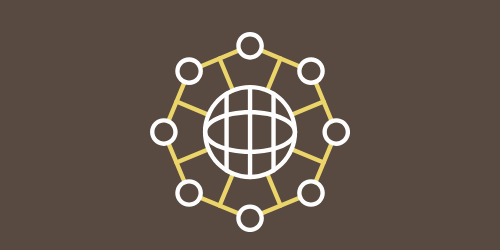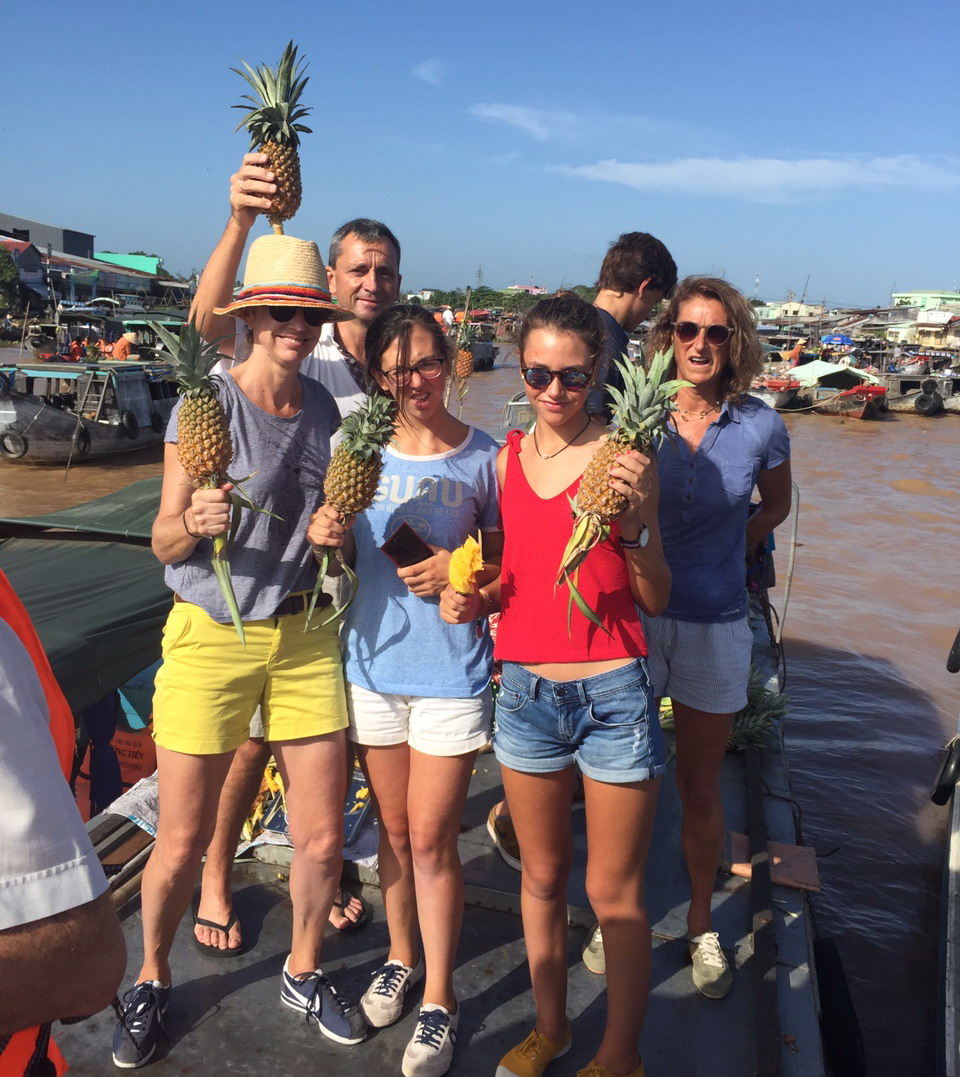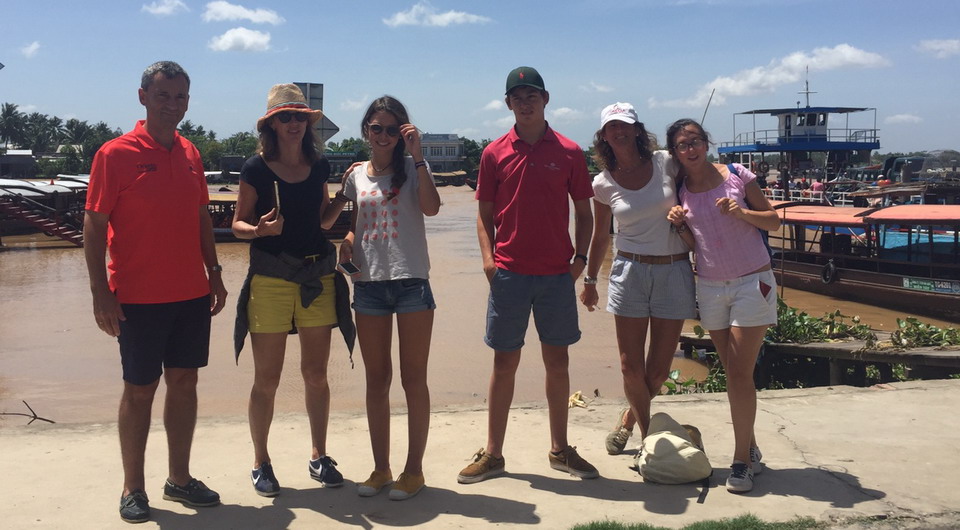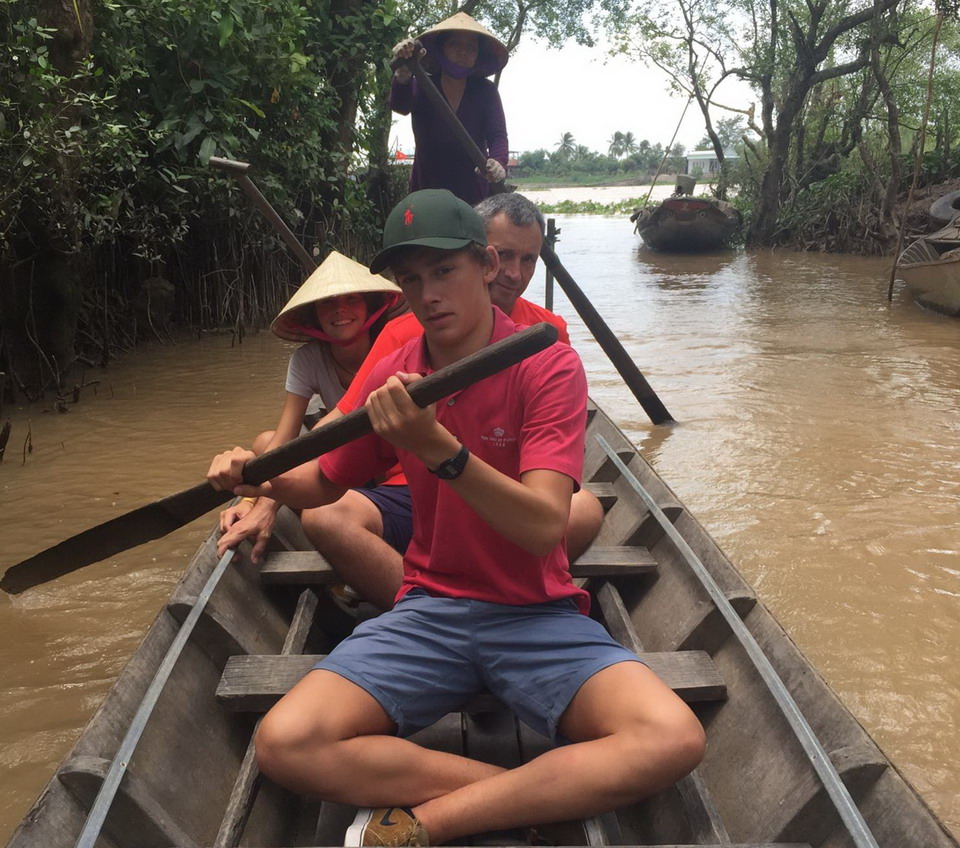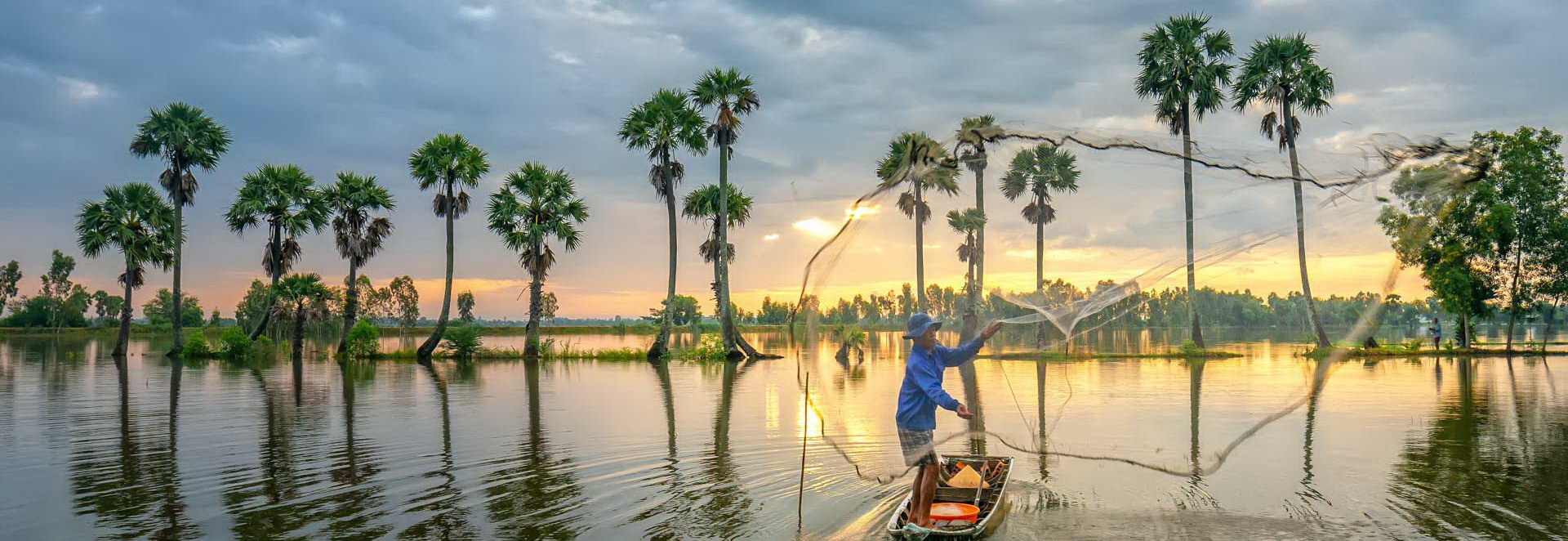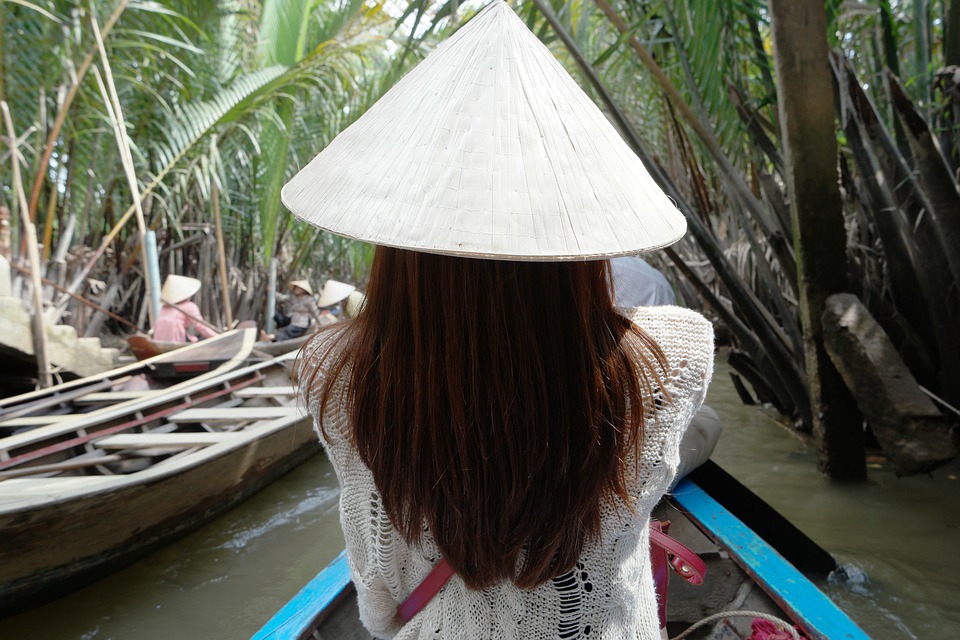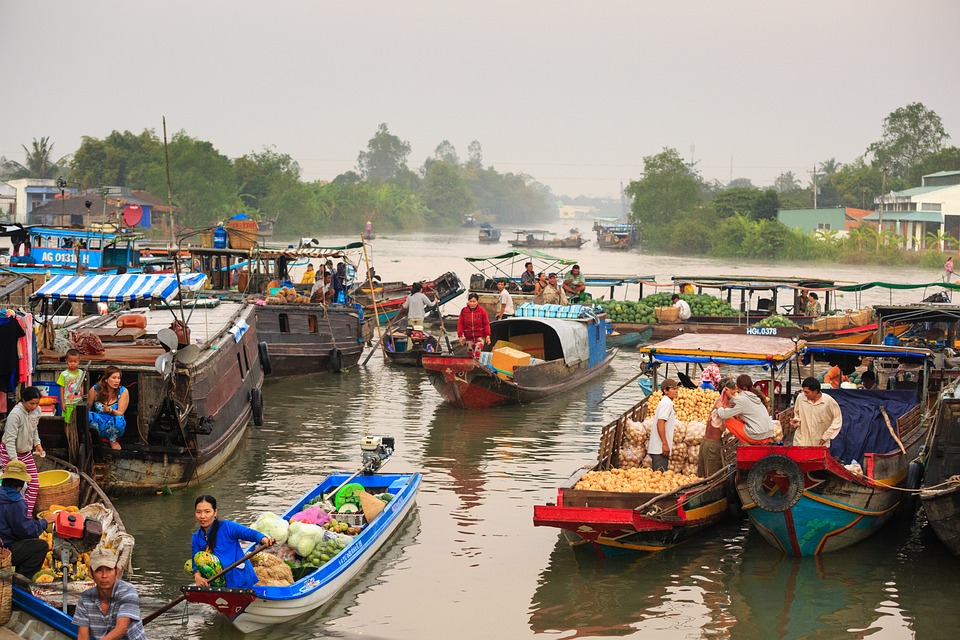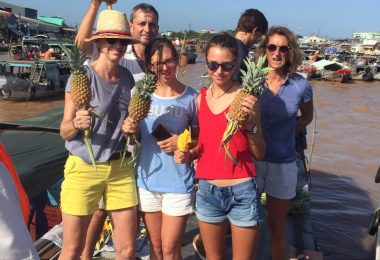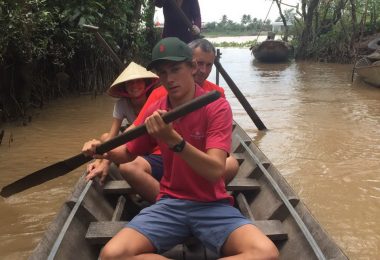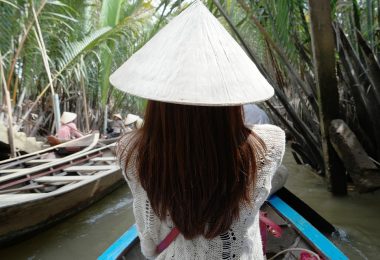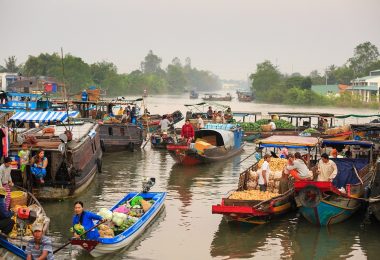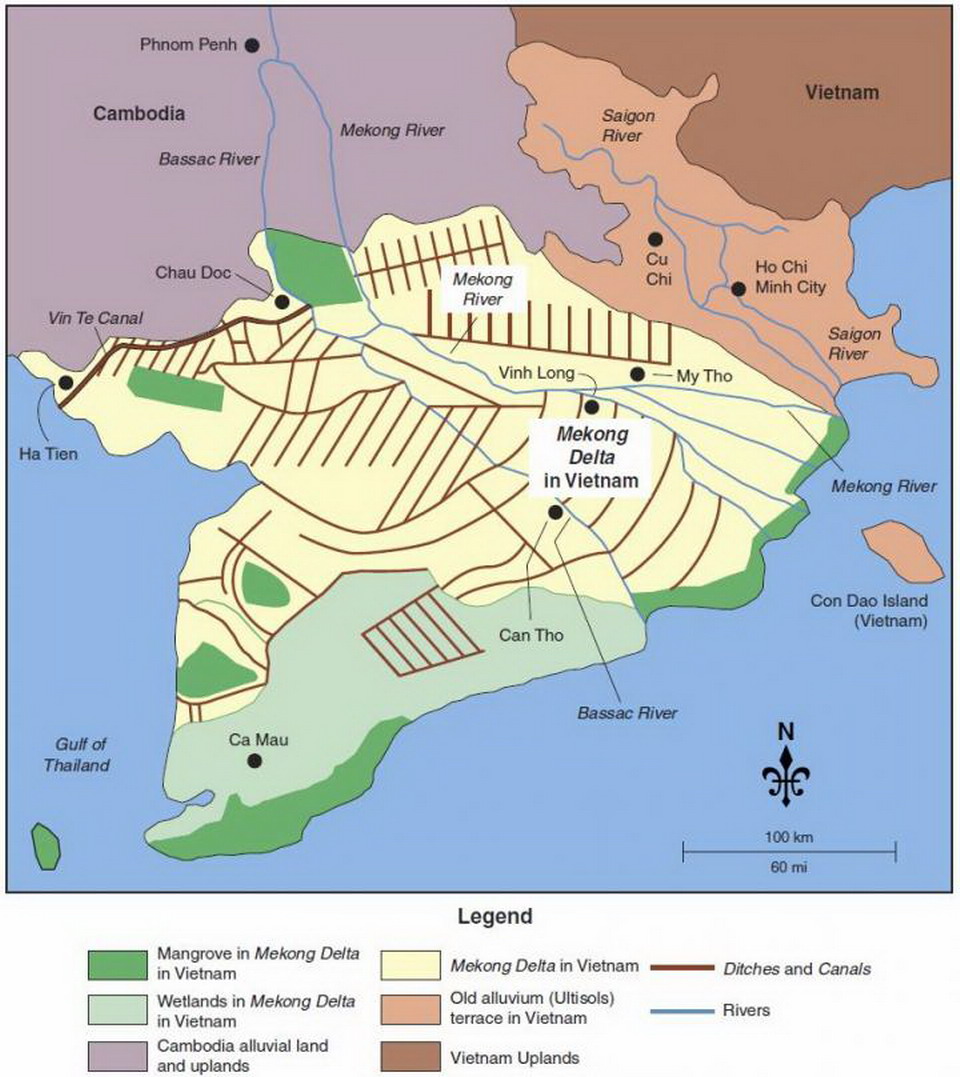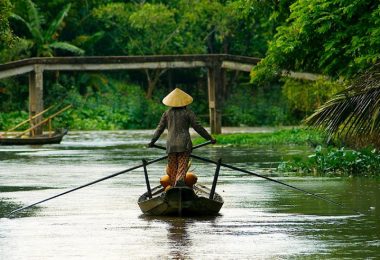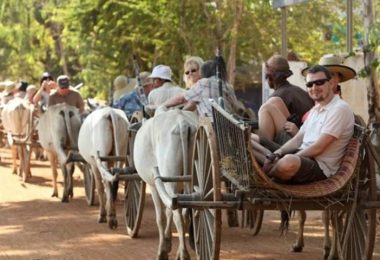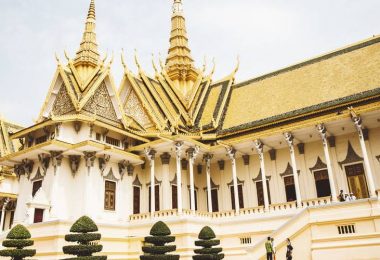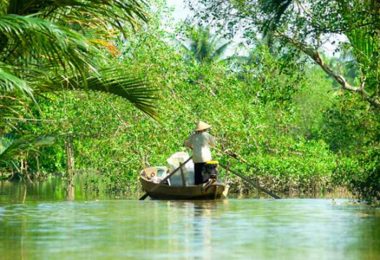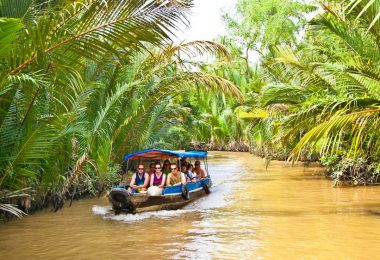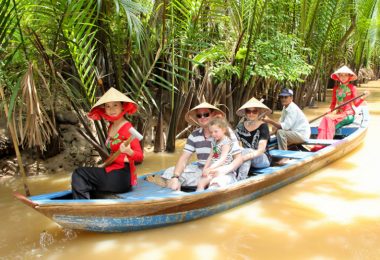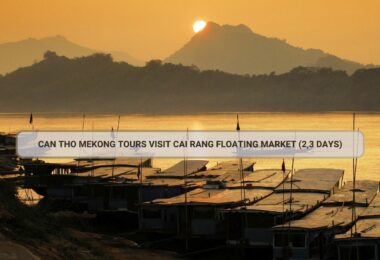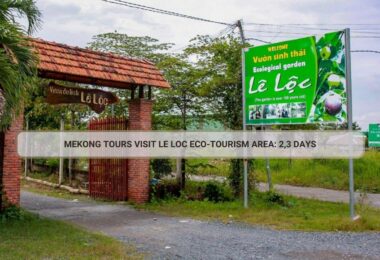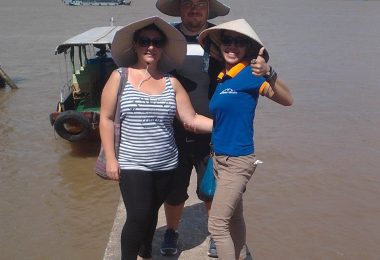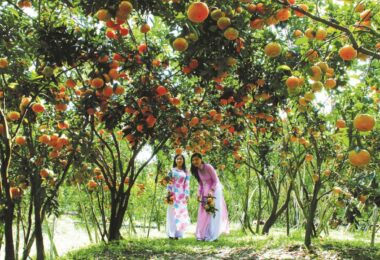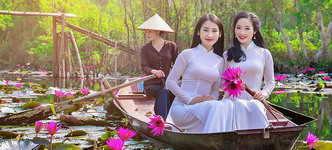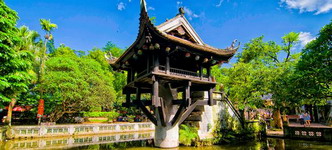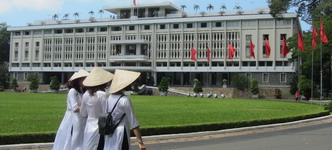The Mekong River is one of the most important rivers in the world, in terms of length and the large populations living along and near the river. It feeds millions as it meanders through six countries. The Mekong River is the lifeblood of Vietnam, geographically and culturally. What is the Mekong River called in Vietnam?
The Mekong River is more than just a flowing body of water, it is the lifeblood, the fertility, and the continuity of the regions it carves. It changes into something very special as it enters Vietnam, embodying more fully the long narrative of the Vietnamese people and land. So, knowing the local names and reasons for those names will tell us more about that river in Vietnam, as well.
Historical Overview
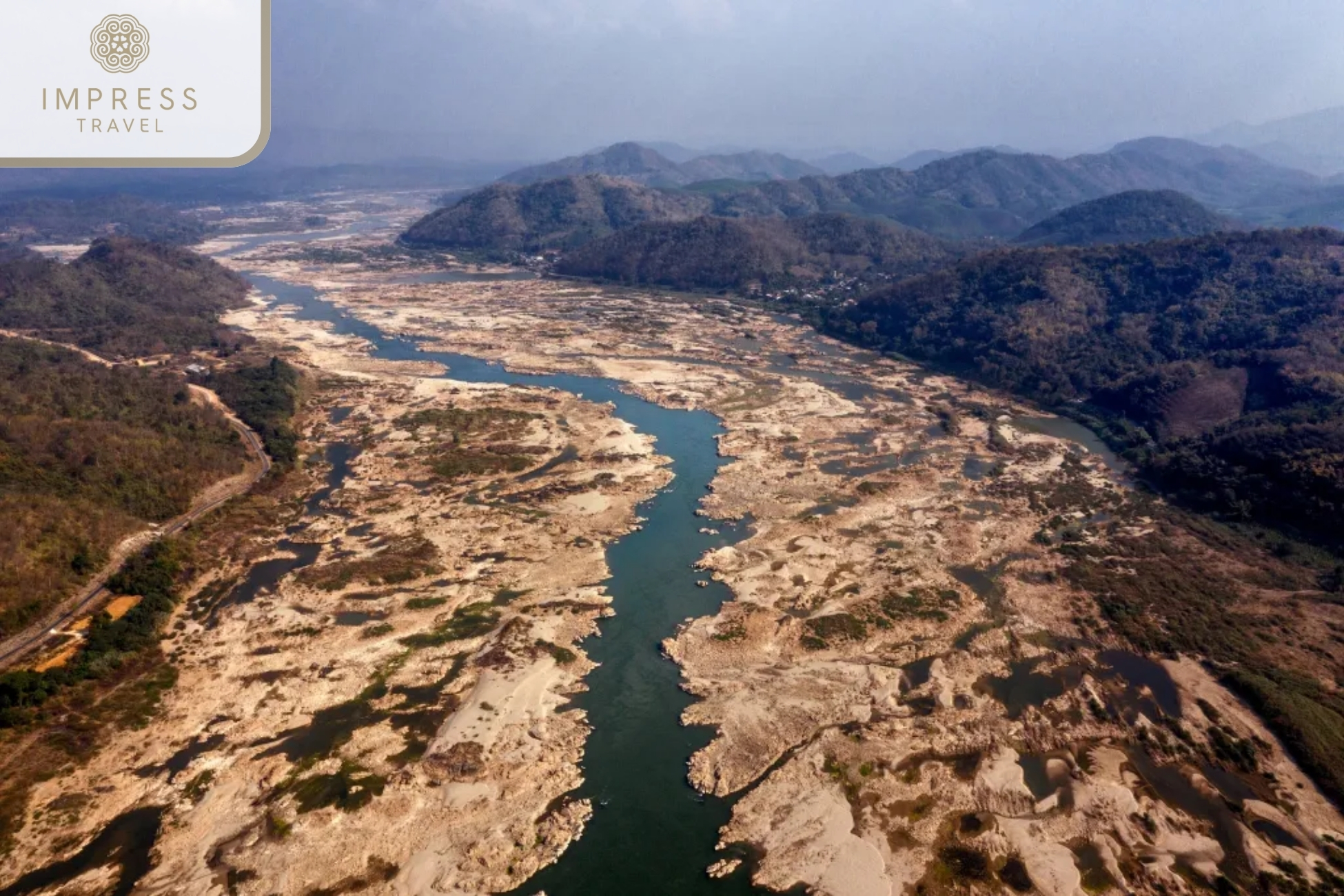
Flowing across China
For thousands of years, the Mekong River has a rich heritage behind it. It is a river that rises in the Tibetan Plateau and extends through China, Myanmar, Laos, Thailand, Cambodia and finally Vietnam. It has taken many different names along its course, subject to the cultures and languages of various regions through which it flows.
This same river is called the Lancang Jiang, or “Turbulent River" in China. The river carries the name Mae Nam Khong in Laos and Thailand, sometimes simplified to Mae Khong, which means “Mother River". This word gives the English name for the river: Mekong. The Tônlé Thum→Tônlé Mékôngk is the name for the river when it enters Cambodia.
The river has a whole new face here in Vietnam. When the Vietnamese moved southward in the 17th and 18th centuries, they met this majestic river, ruler of all rivers. Seeing its multiple distributaries emptying into the sea, they named it Sông Cửu Long, or “Nine Dragons River." This name is a tribute to the real and mythological nature of the river itself. So, if someone asks you What is the Mekong River called in Vietnam, the correct answer is Sông Cửu Long.
The Mekong River in Vietnam: Names and Significance
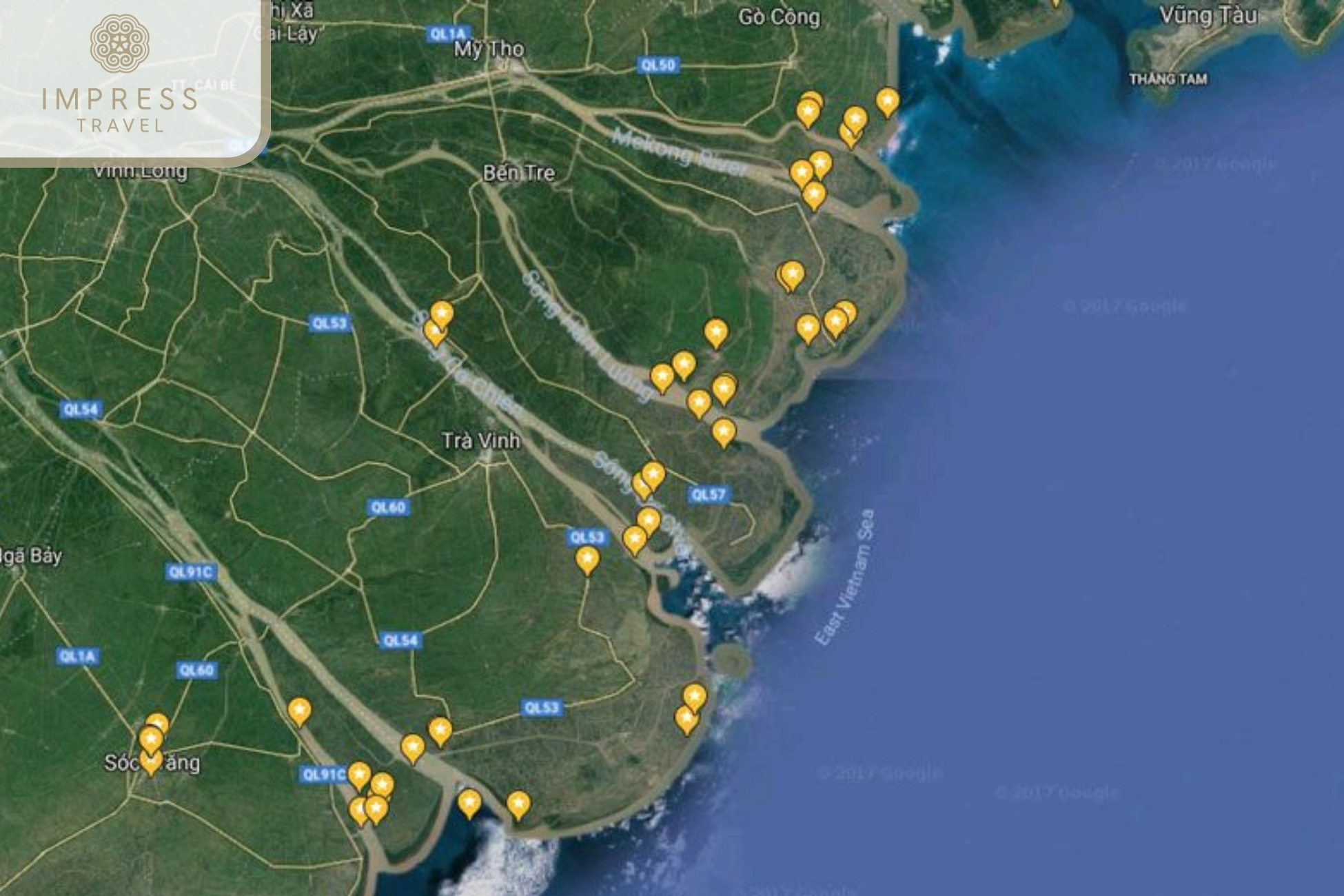
The nine tributaries of the river
Local Names and Their Meanings
The Mekong River in Vietnam is better known as Sông Cửu Long. This name describes aptly the feature of the river itself, the fact that it reaches its delta before splitting into multiple branches and eventually reaching the South China Sea. Cửu Long means nine dragons (Cửu= NINE, Long= DRAGONS), the name represents the nine major tributaries subtend into the river, associated with a powerful and lucky symbol in Vietnamese culture -Dragons.
The nine principal distributaries of the Mekong River in Vietnam are the Đại, Tiểu, Hàm Luông, Cổ Chiên, Cung Hầu, Ba Lai, Định An, Ba Thắc, and Trà Cú. Because of silting, the Ba Thac was filled in and today only eight major branches remain. This change itself provides important context for the river and how its continual presence shapes the shape of this region.
In modern and generalized usage in languages that draw on the vernacular, tonal languages (Thai, Lao, Vietnamese, etc.), Sông Mê Kông is the conventional name. This double nameness symbolizes the harmony of Vietnamese national identity and regional one. Hence, when discussing what is the Mekong River called in Vietnam, it is essential to consider both names: Sông Cửu Long and Sông Mê Kông.
Cultural and Historical Significance
In Vietnam, the Mekong River, the “Sông Cửu Long”, is traditionally and historically of great importance. It is more than just a physical trait but is an important cultural symbol in the country. Vietnamese literature has spiritualized the river as a font of existence and a bearer of success.
In the folklore attached to the river, the most well-known story is that of the Nine Dragons. The legend goes that nine dragons descended from the heavens to protect the land and its people with their blessings, and established the branches of the river. This story exemplifies the revered status of the river and its perceived responsibility to protect the area. Understanding what is the Mekong River called in Vietnam provides insight into these cultural narratives.
The Mekong Delta has a long history of human settlement and development. It was an integral part of changes in Vietnamese history during the Nguyễn Dynasty; the Delta was used to aid changes in Vietnamese history and helped to advance economic globalization by increasing the economic development of Vietnam. These banks provided the rich alluvial soil that enabled agricultural civilization to flourish, and rice farming — which is still the economic backbone of modern Vietnam.
Geographical and Environmental Impact
The effect of the Mekong River In Vietnam the geographical influence of the Mekong River can not be overemphasized. It flows through being Empty land river adheres compound into the Mekong Delta the soil is very fertile and many rivers have clean water. This region is also known as the “Rice Bowl" of Vietnam, as it accounts for the majority of the rice grown in the country.
The Mekong River not only helps agriculture. The river also supports a large fishing industry, that is the livelihood of millions of people. There are many kinds of biomes in this river and the delta is the region of the state where they can find an animal that a human cannot imagine.
Yet the river is encountering various environmental problems. It has faced another threat that no solution for has thus far been found: climate change, dam building upstream and overfishing have emerged as key threats to the health of the river and the livelihoods reliant on it. More alarmingly, reports of reduced water flows and sedimentation within recent years could be likely to change and are poised to sculpt the entire landscape and productivity of the delta
The Mekong Delta: A Vital Region
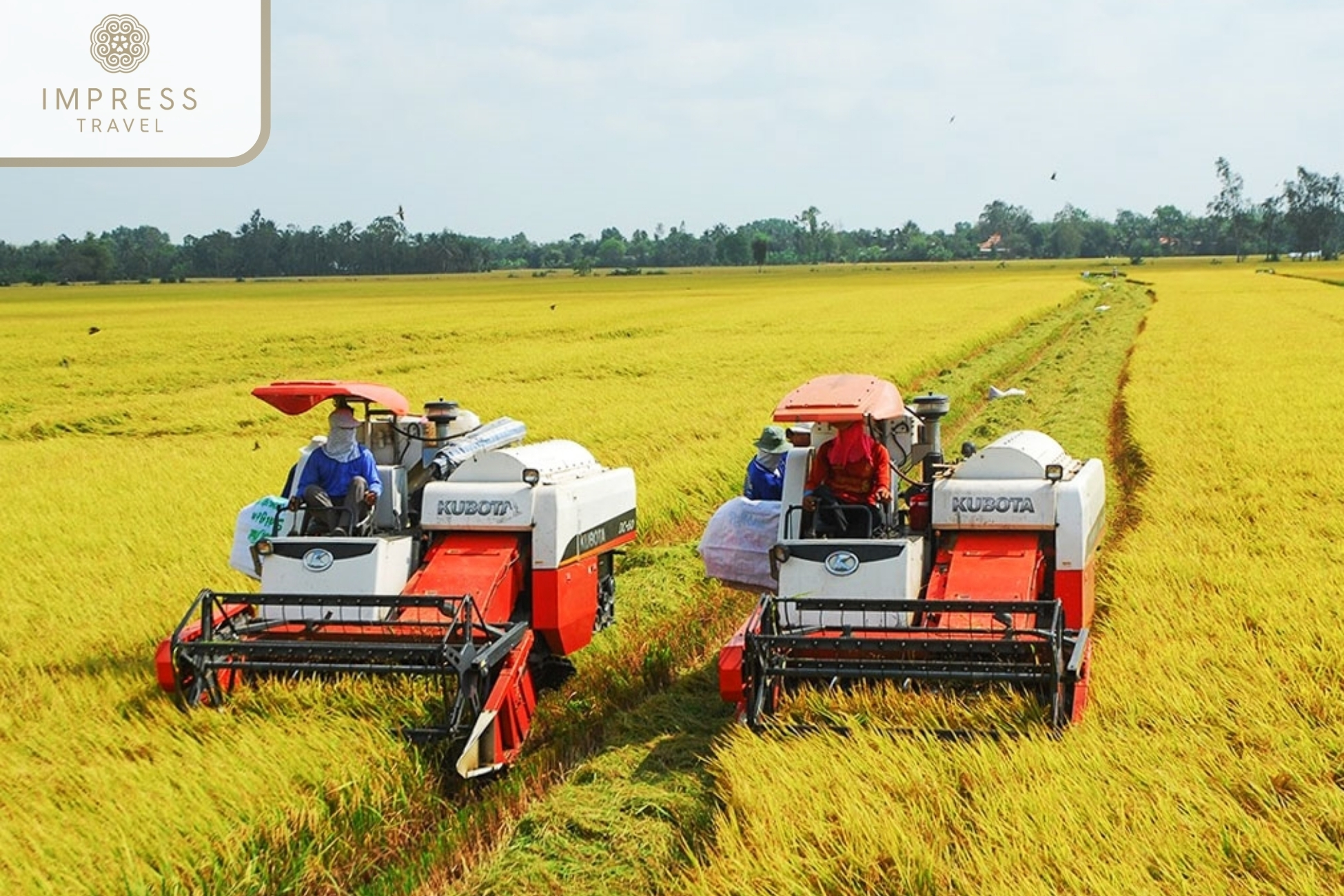
Rice harvesting
Đồng bằng Sông Cửu Long, Vinh Long, Vietnam About 17 million people live in the roughly 40,000-square-kilometer state. The iconic agricultural and aquacultural landscape of the delta is arranged around a mosaic of rivers, swamps, and islands.
Economically, the Mekong Delta is important to Vietnam. More than half of the country’s rice, along with sizable fruits, vegetables, and seafood originated from the Mekong Delta. Central to the delta are the key cities of Can Tho, home to the bustling floating markets, and My Tho, the gateway to the delta with a long and illustrious history.
Many birds, fish, and other wildlife species live in the delta, which helps to support Vietnam’s biodiversity. These wetlands, mangroves, and estuaries in the region are critical habitats for many of these species and their continued conservation is of utmost importance.
Conclusion
The Mekong River—known as Sông Cửu Long locally in Vietnam—is more than a geographical artifact. It represents life, culture, and the growth of the economy. The river holds such historical, cultural, and economic values that its presence weaves into the social fabric of Vietnam and the lives of millions of its people.
The Mekong River, though currently facing man-made trials, is still a monument to the strength of nature. This invaluable resource needs to be recognized, understood, and conserved for the sustainable development and well-being of the region. The Mekong River — its names and stories shine a light on its historical significance in Vietnam, and this will continue to be so in the future.
Traveling the Mekong River on tours and cultural experiences will give visitors a more comprehensive experience to see the majestic legend, the cradle of inheritance, the river shaping of the river on the S-shape of the land of Vietnam. As we step forward in the complex world of modern environmental challenges, it is more important than ever to pay homage to and protect this storied river so that its legacy persists for generations to come. Understanding what is the Mekong River called in Vietnam is a first step in appreciating its profound impact on Vietnamese culture and life. Don’t forget to regularly follow our Fanpage for more interesting information about traveling Mekong to and to book Mekong Tours at the best prices.
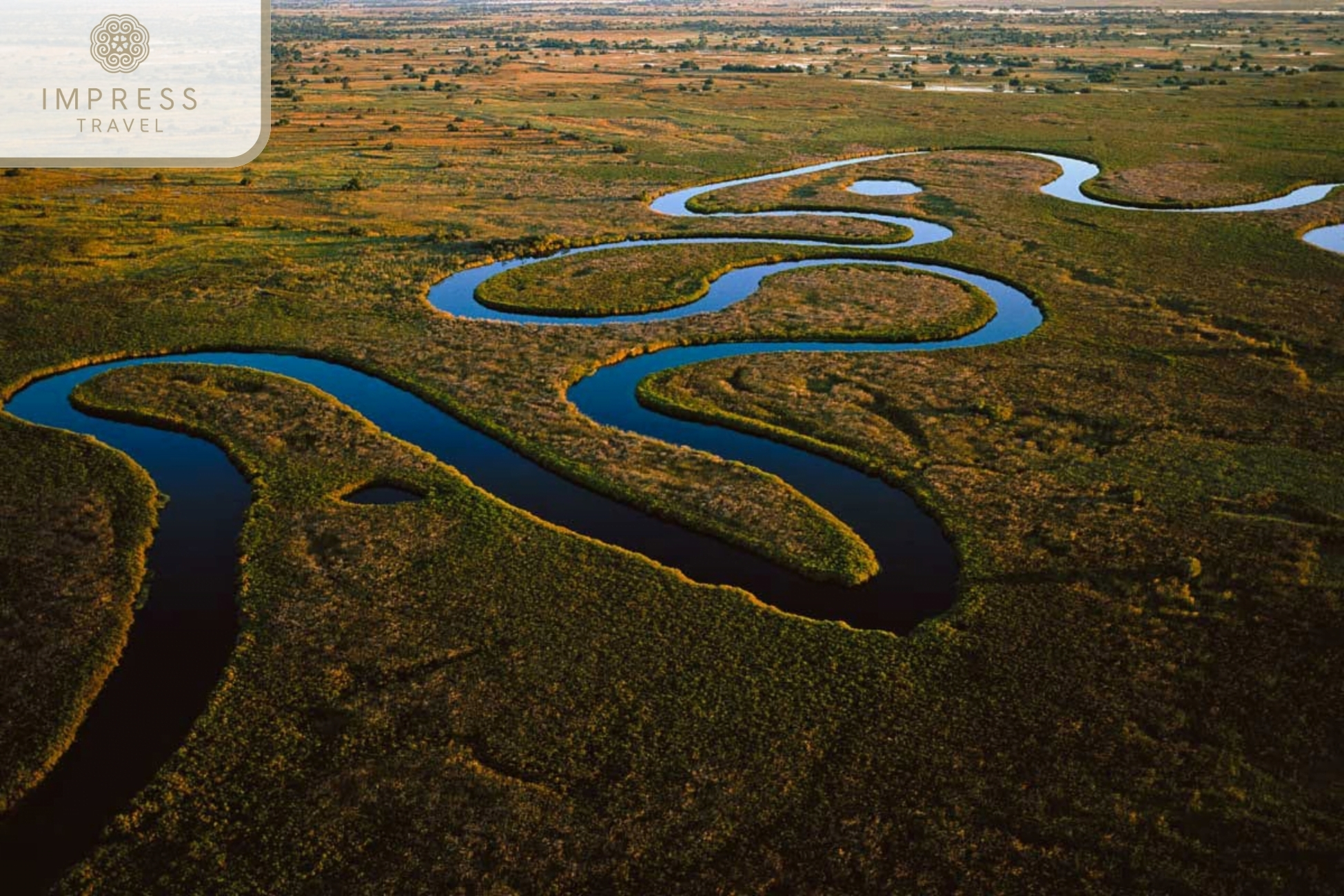
The Mekong River called in Vietnam
FAQ about the Mekong River Called in Vietnam
What is the nickname of the Mekong?
The Mekong River is nicknamed the “Mother of Rivers" and in Vietnam, it is also known as Sông Cửu Long (Nine Dragons River).
Is the Mekong River called the mother of all rivers?
Yes, the Mekong River is often called the “Mother of Rivers" due to its critical role in sustaining life and economies across Southeast Asia.
Why is the Mekong River important to Vietnam?
- Agriculture: It forms the fertile Mekong Delta, producing over half of Vietnam’s rice.
- Fishing: Supports a vast fishing industry, providing food and income.
- Economy: Contributes significantly through agriculture, fishing, trade, and tourism.
- Biodiversity: Hosts diverse ecosystems crucial for ecological balance.
- Cultural Significance: Holds deep cultural and historical importance.



